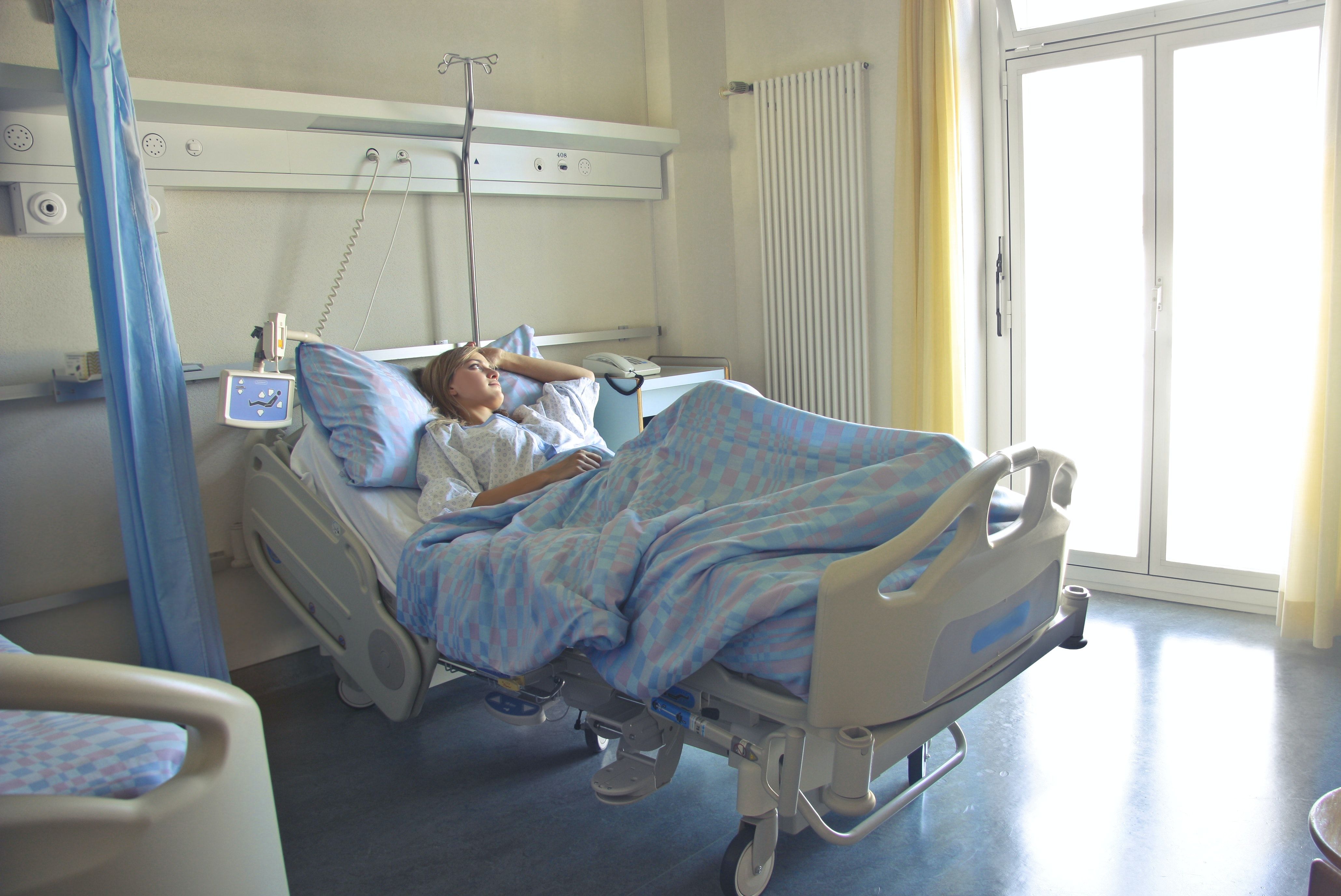Video
Stages of HIV Infection Clinically Defined
Joseph Eron, MD: Hello, and thank you for joining us for this Peer Exchange on the evolving HIV treatment landscape. The continual advancements in HIV prevention and treatment have improved survival and quality of life for patients. But they have also challenged clinicians who are tasked with understanding where these new options fit into the current treatment landscape.
In this Peer Exchange panel discussion, I’m joined by infectious disease specialists who are experts in managing HIV infection. We will review HIV treatment guideline updates and discuss important considerations that will help differentiate the current therapies. Emerging agents and novel management approaches will also be discussed.
My name is Dr Joseph Eron, and I am a professor of medicine at the University of North Carolina at Chapel Hill. Joining me for this discussion are: Dr Eric Daar, chief of the Division of HIV Medicine at Harvard-UCLA Medical Center and professor of medicine at the David Geffen School of Medicine at UCLA, in Los Angeles, California; Dr Colleen Kelley, associate professor of medicine for the Division of Infectious Diseases, in the Department of Medicine, at Emory University School of Medicine in Atlanta, Georgia; and Dr Daniel Kuritzkes, chief of the Division of Infectious Disease at Brigham and Women’s Hospital and professor of medicine at Harvard Medical School in Boston Massachusetts.
Welcome, everybody. I’m glad you’re here. Eric, maybe you could start us off by briefly discussing how HIV can present in the various stages and what clinicians should be looking for?
Eric Daar, MD: Sure. We live in a world, now, where we’re supposed to be screening everybody, essentially, for HIV infection—at least once in a lifetime and more often if they’re at risk. That should be the routine. We also think of 3 major categories. I do, at least. We think of those people who are presenting with advanced stages of disease, with opportunistic infections, weight loss, and cognitive deficits. We think of people who are completely asymptomatic, which is the population that we’re trying to target with our routine screening. And then we have the people in the very beginning stages, with so-called acute infection, where they classically describe what people talk about as the flu or a mononucleosis-like illness.
Fever is certainly the most common, but we see everything from sore throat to rash to oral ulcers to diarrhea, as well as laboratory abnormalities. It’s a very nonspecific syndrome. But it’s one that we don’t want to miss. If we have somebody who we think may be at some risk, who presents with an acute febrile illness, it should be in the differential. And depending on how at risk they are, it may determine how aggressive you’d be in pursuing it. We have a lot of people who present with acute infection, who have no symptoms. Some have mild symptoms. Many get hospitalized because they look so ill.
Our current screening algorithm now includes a combination fourth-generation antibody/antigen test, with the goal of trying to target or identify that population of people. It certainly picks up more people in the window than antibody testing alone. But I always tell the fellows and residents that it’s important to remember that about 25% of people with acute infection will probably be missed with the combination assay. So, it’s a good screening test. But if you have a very high index to suspicion, you may not want to stop there.
Daniel Kuritzkes, MD: With a window, you mean the time between when someone gets infected and when they start having antibodies that can be detected by the older tests?
Eric Daar, MD: Exactly. And that’s where that antigen, the picking up of viral particles—part of the combination assay—sort of comes into play.
Joseph Eron, MD: The key is knowing enough to ask about whether people have risk or not, because it’s a common set of symptoms. Colleen, what do you think about that? How do you advise clinicians to get that kind of information?
Colleen Kelley, MD: I think it’s just about maintaining a high index of suspicion, at all times, and remembering that even when you’re in the height of flu season, like we are right now, HIV is still being transmitted. Just because someone has a fever and respiratory symptoms doesn’t mean they also might not have acute HIV infection. And so, we really have to probe, nonjudgmentally, with open-ended questions, asking people about what they’ve been doing, and what their behavior’s been, and what might put them at risk for HIV.
Daniel Kuritzkes, MD: I think that’s certainly key for people who are presenting with symptoms. Even in the context of general primary care, physicians really need to talk to their patients about what their sexual habits are, as you said, in a nonjudgmental, open, and welcoming way. That’s how you would determine who may be at risk for more intensive or frequent screening, outside of when they might be symptomatic.
Transcript edited for clarity.





